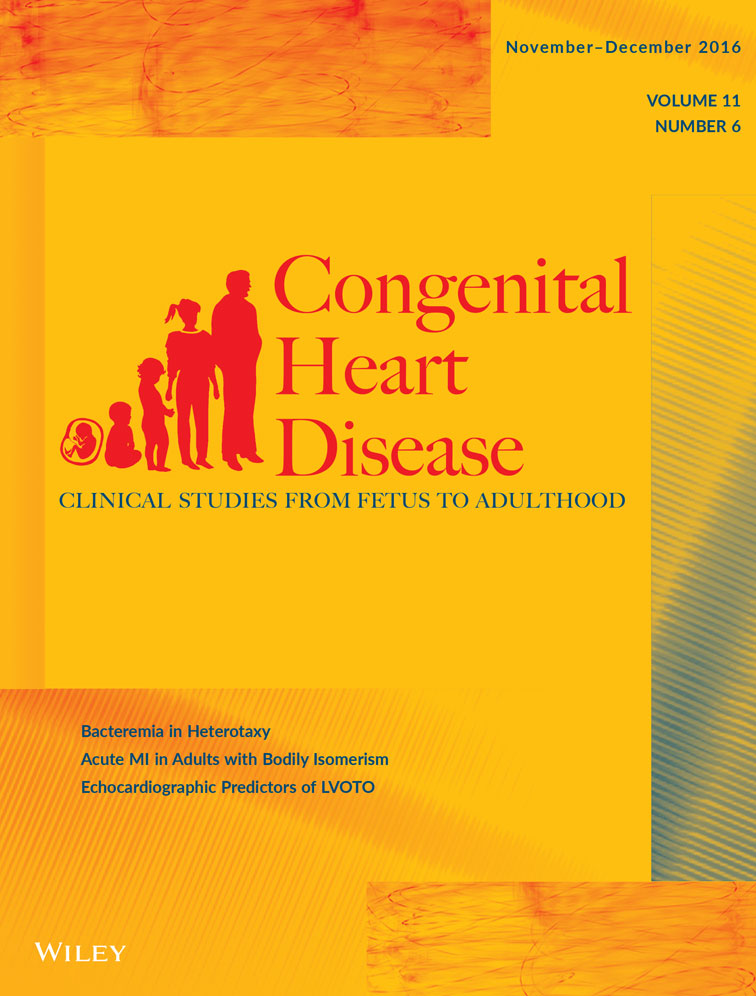Acute Myocardial Infarction in Adult Congenital Patients with Bodily Isomerism
Conflict of interest: None.
Abstract
Introduction
Children born with congenital malformations of the heart are increasingly surviving into adulthood. This population of patients possesses lesion-specific complication risks while still being at risk for common illnesses. Bodily isomerism or heterotaxy, is a unique clinical entity associated with congenital malformations of the heart which further increases the risk for future cardiovascular complications. We aimed to investigate the frequency of myocardial infarction in adults with bodily isomerism.
Methods
We utilized the 2012 iteration of the Nationwide Inpatient Sample to identify adult inpatient admissions associated with acute myocardial infarction in patients with isomerism. Data regarding demographics, comorbidities and various procedures were collected and compared between those with and without isomerism.
Results
A total of 6,907,109 admissions were analyzed with a total of 172,394 admissions being associated with an initial encounter for acute myocardial infarction. The frequency of myocardial infarction did not differ between those with and without isomerism and was roughly 2% in both groups. Similarly, the number of procedures and in-hospital mortality did not differ between the two groups.
Conclusions
The frequency and short-term prognosis of acute myocardial infarction is similar in patients with and without isomerism.




